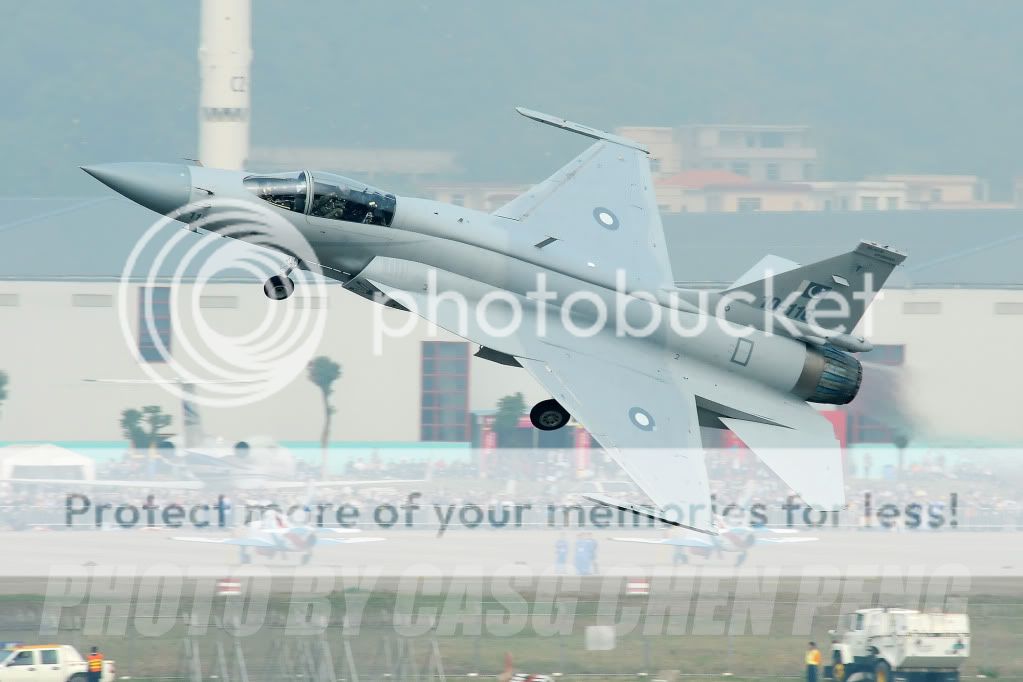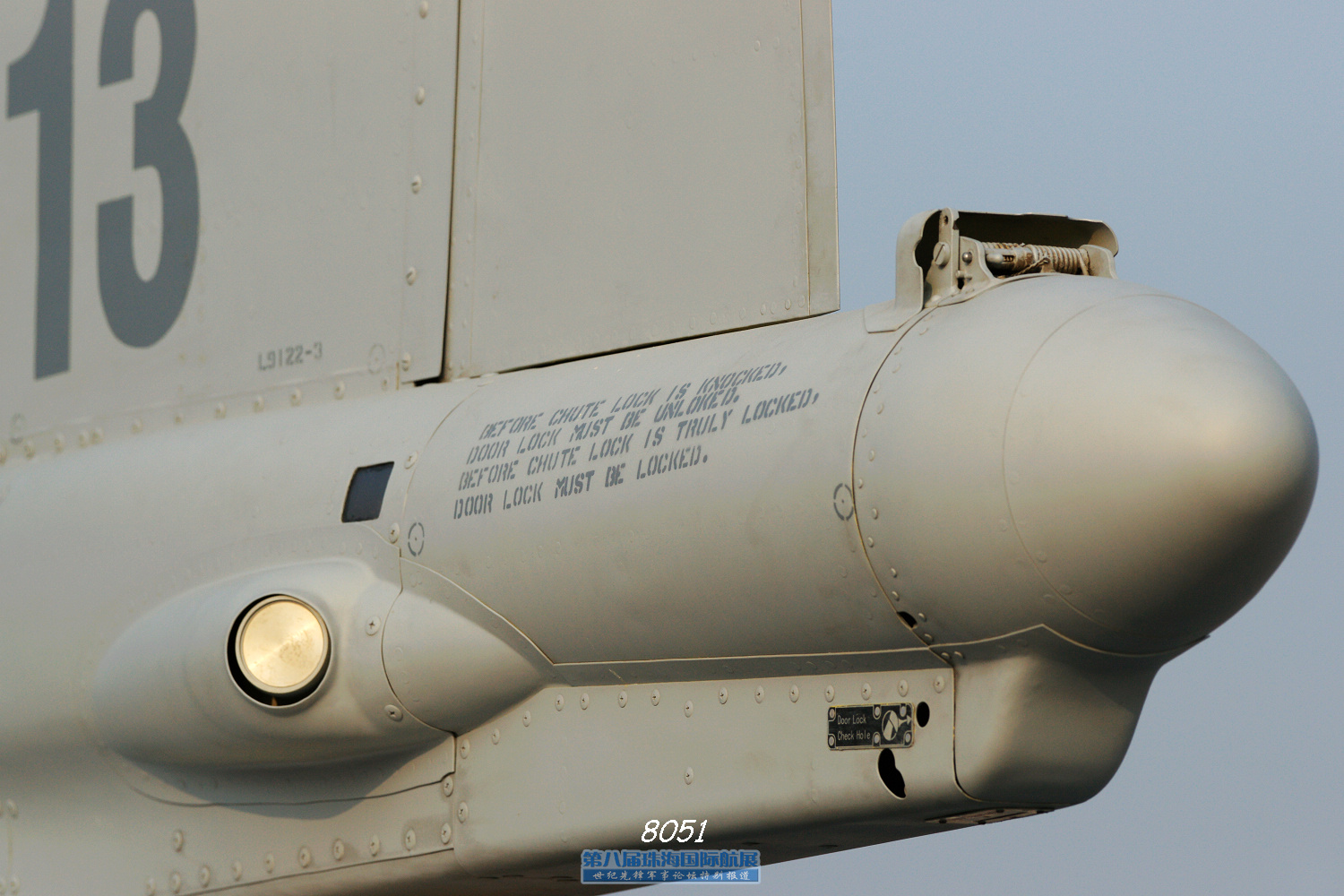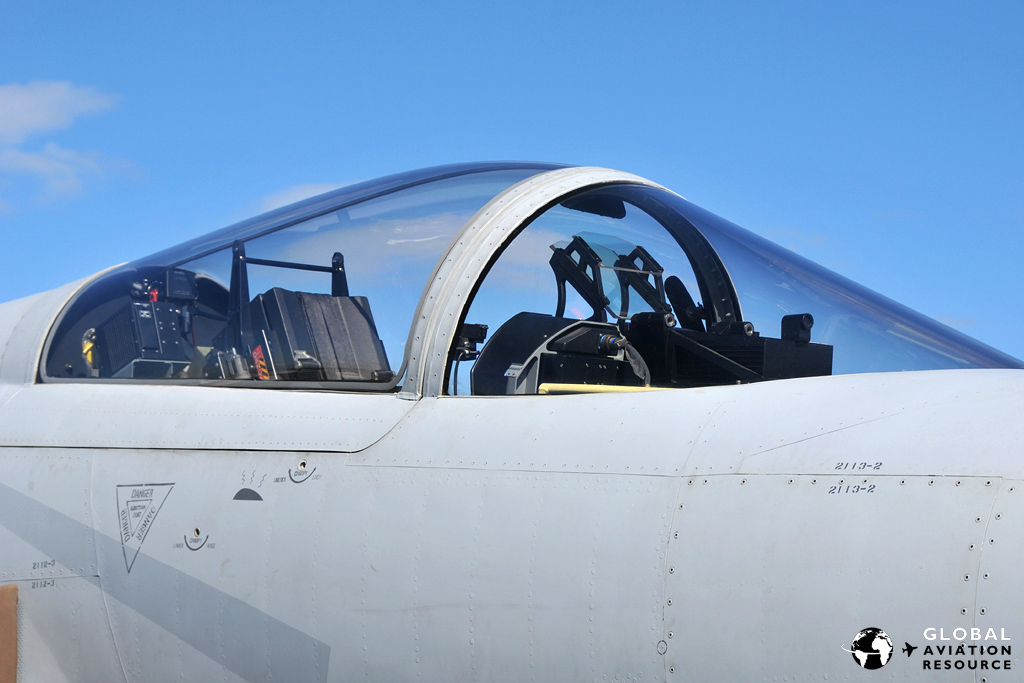How to install the app on iOS
Follow along with the video below to see how to install our site as a web app on your home screen.
Note: This feature may not be available in some browsers.
You are using an out of date browser. It may not display this or other websites correctly.
You should upgrade or use an alternative browser.
You should upgrade or use an alternative browser.
High resolution pictures of JF-17
- Thread starter Manticore
- Start date
houshanghai
FULL MEMBER

- Joined
- Sep 19, 2009
- Messages
- 1,732
- Reaction score
- 0

thx feiyang COW(女乃牛),who is a chinese Professional Photographers of Spain
Tangent
BANNED

- Joined
- Jun 5, 2011
- Messages
- 1,104
- Reaction score
- -7
What is the the purpose of the "swelling" ? Has it to do something with air flow to the engine or to prevent radar waves hitting turbine blades( and "illuminating" the aircraft)? or something else ?
Manticore
RETIRED MOD

- Joined
- Jan 18, 2009
- Messages
- 10,115
- Reaction score
- 114
- Country
- Location
What is the the purpose of the "swelling" ? Has it to do something with air flow to the engine or to prevent radar waves hitting turbine blades( and "illuminating" the aircraft)? or something else ?
The Inlet Far ahead of the airplane, the speed of the air relative to the engine is equal to the airplane's flight speed. Our air volume enters the inlet and slows down considerably. A well-designed inlet will straighten out the flow, leaving it uniform and without much turbulence. This is important because compressors and fans need to be fed distortion-free air. Supersonic inlets, found on many military jets, are usually much more complex and use shock waves to slow down the air.[1]
The overall inlet design, called a diverterless supersonic inlet or DSI, moved from concept to reality when it was installed and flown on a Block 30 F-16 in a highly successful demonstration program.
The new inlet showed slightly better subsonic specific excess power than a production inlet and that verified the overall system benefits of eliminating the diverter. Test pilots remarked that military power settings and thrust characteristics were very similar to standard production F-16 aircraft with the same General Electric F110-GE-129 engine. Considering the overall goal of the flight test program was to demonstrate the viability of this advanced inlet technology, the results were excellent.
The DSI bump functions as a compression surface and creates a pressure distribution that prevents the majority of the boundary layer air from entering the inlet at speeds up to Mach 2. In essence, the DSI does away with complex and heavy mechanical systems.
The DSI concept was introduced into the JAST/JSF program as a trade study item in mid-1994. It was compared with a traditional "caret" style inlet. The trade studies involved additional CFD, testing, and weight and cost analyses. The new inlet earned its way into the JSF design after proving to be thirty percent lighter and showing lower production and maintenance costs over traditional inlets while still meeting all performance requirements.
Diverterless Inlet The F-35's diverterless inlet lightens the overall weight of the aircraft. Traditional aircraft inlets were comprised of many moving parts and are much heavier than newer diverterless inlets. The diverterless inlet also eliminates all moving parts
Similar threads
- Replies
- 2
- Views
- 318
- Replies
- 0
- Views
- 379
- Replies
- 14
- Views
- 2K
























